Humankind has always dreamed of escaping the clutches of death. From ancient legends of the Fountain of Youth to modern-day science fiction, the quest for immortality has captured our imagination for millennia. Today, this once-fantastical pursuit is moving into the realm of scientific possibility. Researchers across the globe are racing to unlock the secrets of aging, using cutting-edge technology and bold new theories. In this article, we explore 15 remarkable ways scientists are working to push the boundaries of life itself—and perhaps, one day, cheat death.
1. Telomere Extension
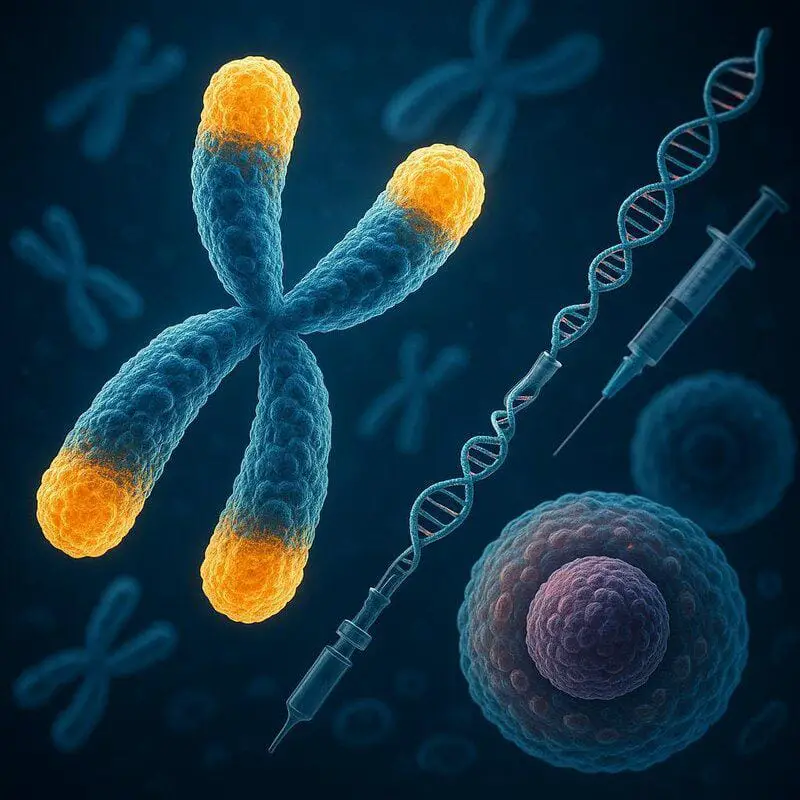
Telomeres act as protective caps at the ends of our chromosomes, and their gradual shortening is a major factor in cellular aging and eventual cell death. Scientists are exploring ways to extend telomeres using advanced gene therapies and specialized drugs. By doing so, they hope to slow down or even reverse the aging process at the cellular level. Research from institutions like Stanford University has shown promising results, with cells living significantly longer. However, boosting telomeres also raises concerns about increased cancer risk. Learn more
2. Senolytic Drugs
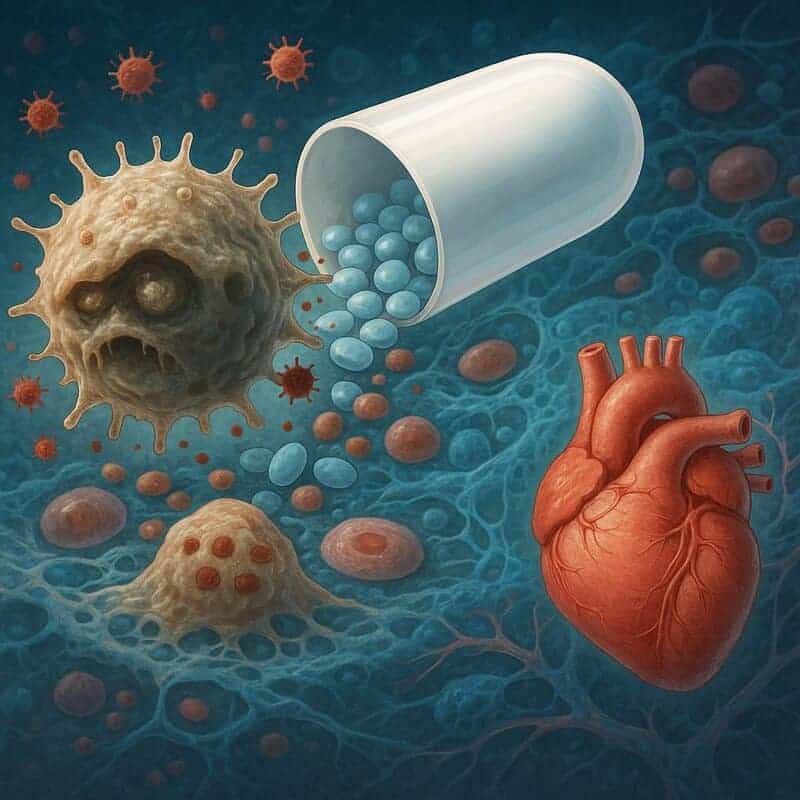
Senolytic drugs are an exciting frontier in the fight against aging. These compounds specifically target and eliminate senescent cells—damaged cells that linger in the body, promoting inflammation and fueling age-related diseases. By clearing out these “zombie” cells, scientists hope to rejuvenate tissues and significantly extend healthy lifespan. Early animal studies have shown remarkable benefits, such as improved heart function and increased physical vitality. Companies like Unity Biotechnology are now moving senolytics into human trials, hoping to bring these promising effects to people. Read more
3. Calorie Restriction Mimetics
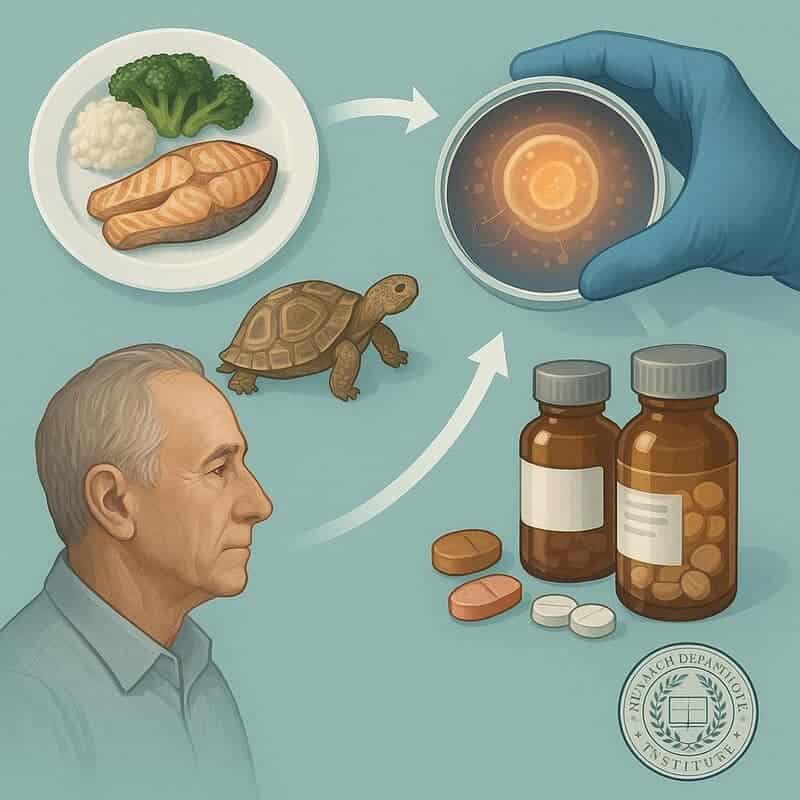
Calorie restriction (CR) has long been associated with longer lifespans in animals. CR mimetics are innovative drugs that aim to deliver these anti-aging benefits—without actually reducing food intake.Compounds such as resveratrol and metformin are being studied for their ability to trigger cellular pathways linked to longevity. Research from the National Institute on Aging suggests these mimetics could offer a practical route to healthier, longer lives. Source
4. Cryonics

Cryonics is perhaps one of the most dramatic approaches to cheating death. This technique involves freezing the body or brain at extremely low temperatures immediately after death, with the hope that future medical advances will make revival and disease cures possible. Organizations like Alcor Life Extension Foundation provide cryonic preservation, even as critics question its scientific basis. Still, interest is growing, and preservation technologies continue to advance, fueling hope for a second chance at life. See details
5. Cloning and Organ Regeneration
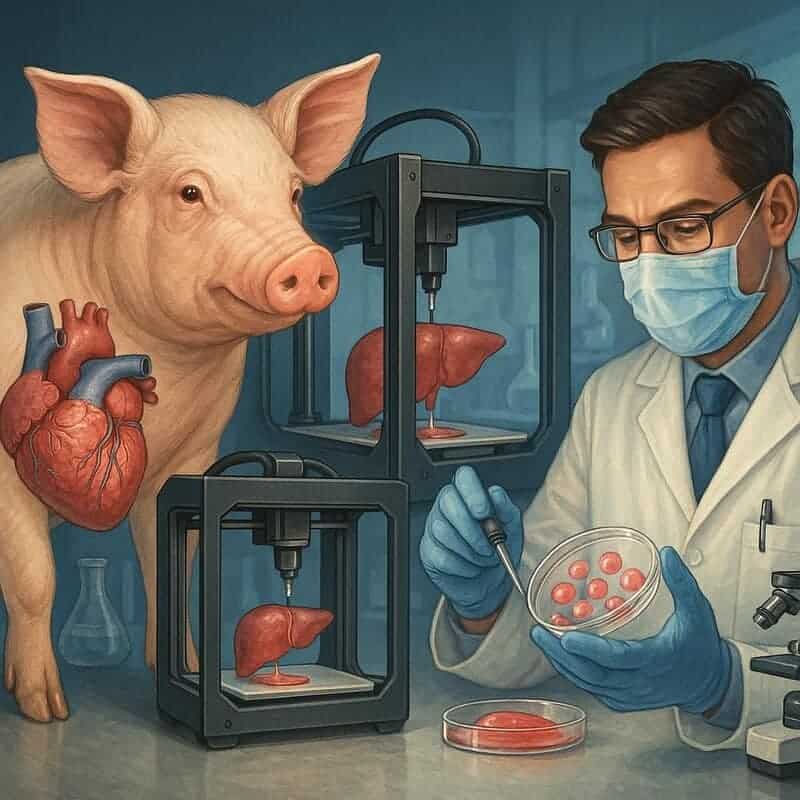
Cloning and regenerative medicine are revolutionizing our approach to organ failure—a major cause of death. Researchers are now able to grow human organs in animals like pigs, and use 3D printing to create functional tissues in the lab. These breakthroughs offer tremendous hope for replacing failing organs, potentially allowing people to live much longer, healthier lives. While ethical questions remain, clinical applications are expanding rapidly as technology improves. Background
6. Brain-Computer Interfaces

Brain-computer interfaces (BCIs) represent a bold leap toward merging mind and machine. These technologies could one day allow us to upload or enhance our consciousness, sidestepping the frailties of the human body. Companies like Neuralink, led by Elon Musk, are pioneering devices to treat neurological diseases and possibly preserve identity beyond biological death. The dream of digital immortality may seem distant, but rapid progress is bringing it closer to reality. More info
7. Artificial Intelligence and Digital Immortality
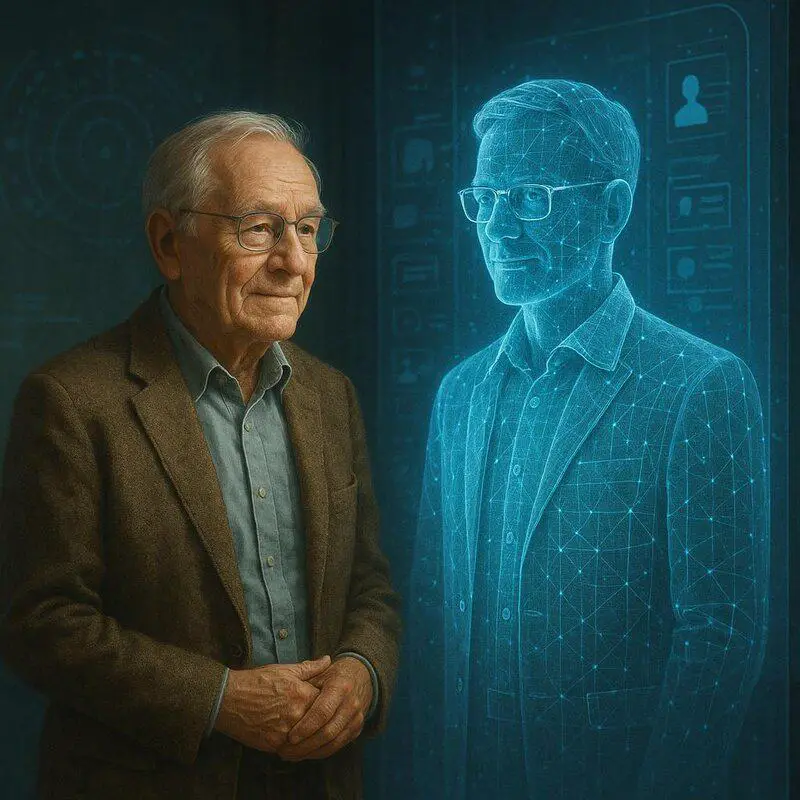
Artificial intelligence is opening doors to a new kind of immortality. By creating sophisticated digital avatars that mimic our memories, personalities, and behaviors, companies like Eternime hope to offer a form of virtual life after death. While the idea of fully uploading a mind remains in the realm of science fiction, these technologies provide a fascinating glimpse into preserving identity and legacy long after our bodies are gone. Explore further
8. Gene Editing with CRISPR

The revolutionary CRISPR gene-editing technology enables scientists to precisely alter DNA, offering the potential to correct genetic defects that drive aging and disease. Researchers at places like the Salk Institute are using CRISPR to extend the lifespans of animals, targeting genes directly tied to longevity. These advances could pave the way for future therapies that slow aging or even prevent age-related illnesses in humans. Read about CRISPR
9. Young Blood Transfusions
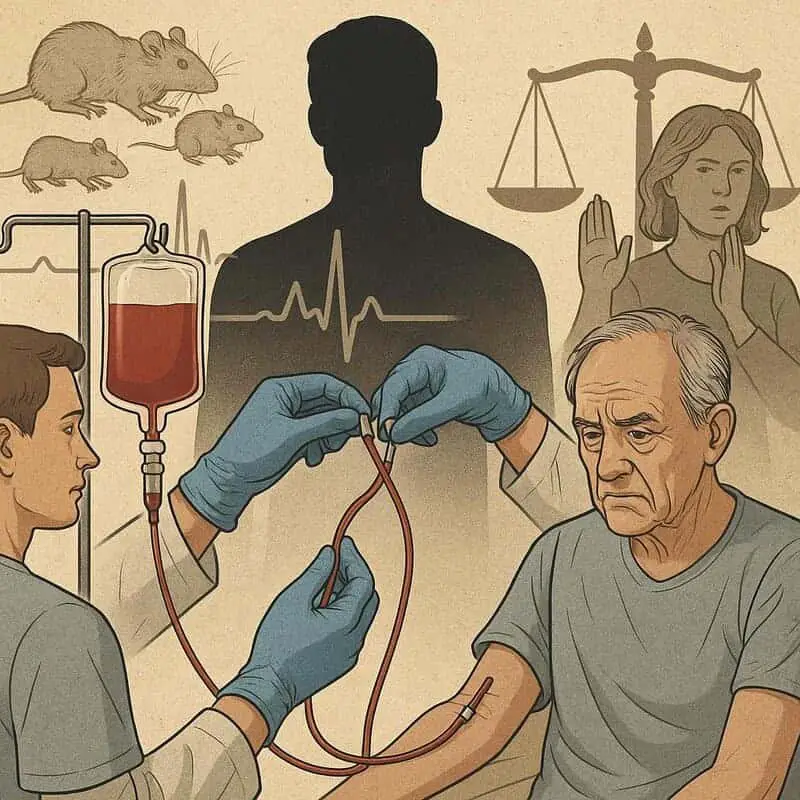
The idea of young blood transfusions—transferring blood from young donors to older recipients—has stirred excitement and controversy. In animal studies, especially mice, this approach showed potential to reverse some signs of aging. Startups like Ambrosia have even launched early human trials, though results remain unproven and regulatory approval is lacking. Ethical questions and safety risks are major hurdles, keeping the debate very much alive. See the debate
10. Nanomedicine
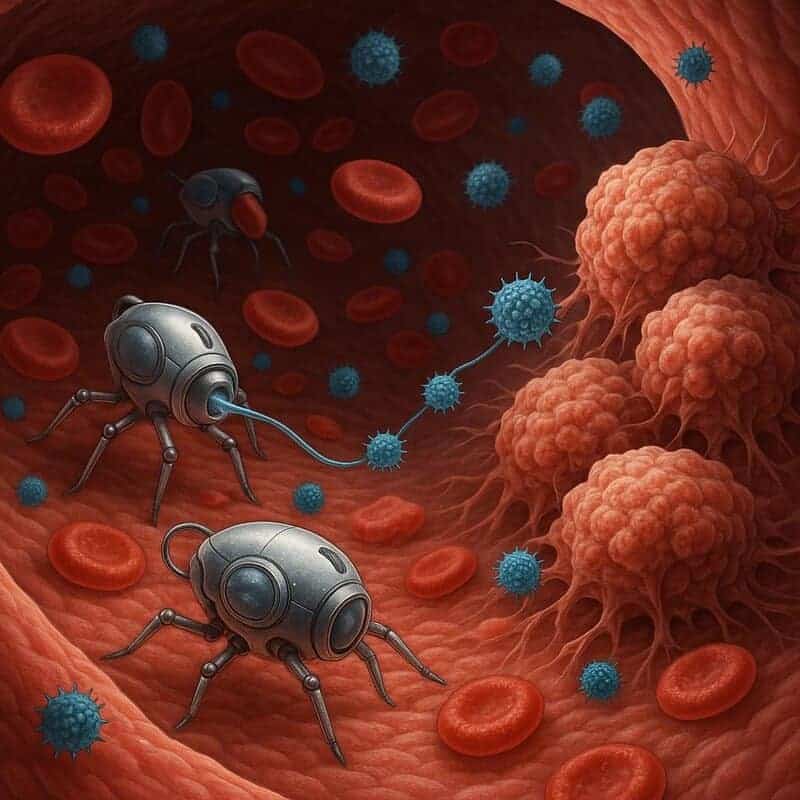
Nanomedicine harnesses the power of microscopic machines and nanoparticles to target disease and repair cellular damage from within. Imagine fleets of tiny nanobots patrolling your bloodstream, delivering drugs precisely where needed and even destroying cancer cells. Early versions of these technologies are already being tested in cancer therapy and advanced diagnostics, raising hopes for a future where nanobots can help maintain health and extend human life. Learn about nanomedicine
11. Hormesis and Stress Adaptation
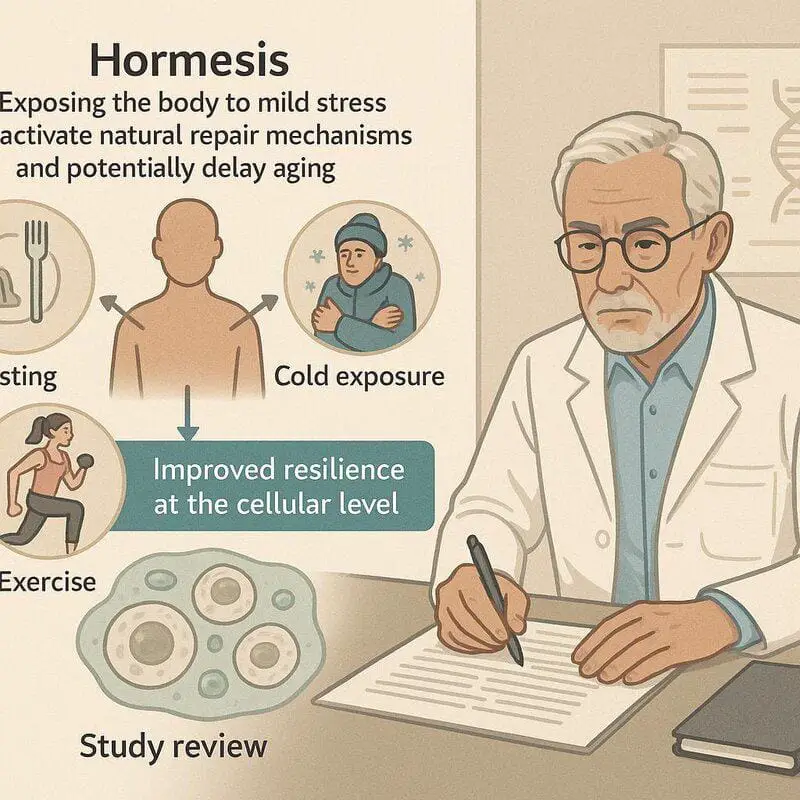
Hormesis is the concept of exposing the body to mild stress—such as fasting, cold exposure, or certain exercise—to activate natural repair mechanisms and potentially delay aging. Scientific reviews indicate these small stressors might improve longevity by boosting resilience at the cellular level, though more evidence is needed to confirm their long-term effects. Study review
12. Whole-Body Vitrification
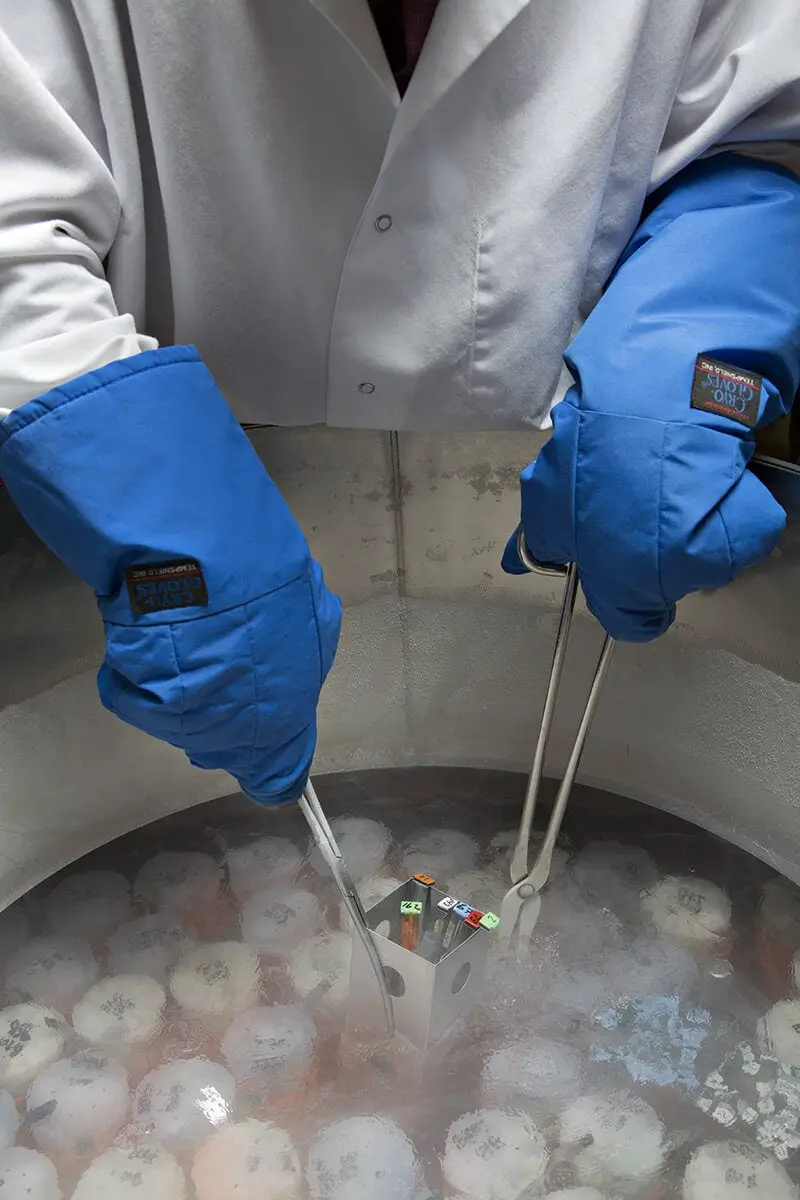
Whole-body vitrification is an advanced form of cryopreservation that turns the body’s water into a glass-like state, preventing damaging ice crystals from forming in organs and tissues. Still in the experimental phase, this technique aims to preserve the body at extremely low temperatures with the hope of future revival—without cellular damage. It remains a key focus for researchers exploring long-term life extension. More here
13. Longevity Genes and Personalized Medicine
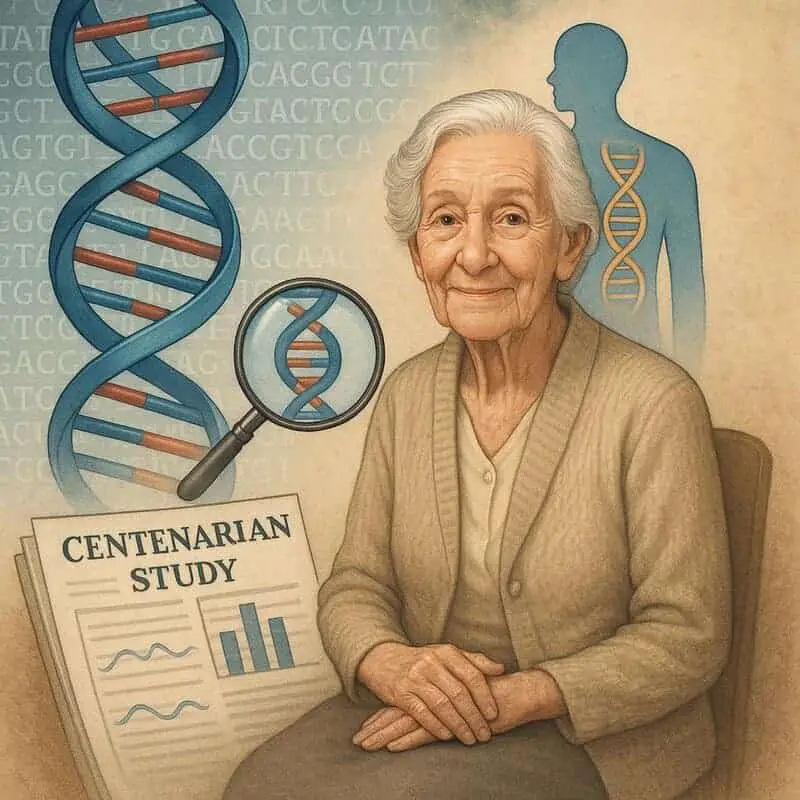
Some people possess rare ‘longevity genes’ that help them live well beyond 100. By decoding these genetic secrets, scientists hope to develop personalized medicine—customized interventions that optimize both healthspan and lifespan. Studies like the New England Centenarian Study are unraveling the unique genetic factors behind exceptional longevity, paving the way for targeted therapies that could help more people reach advanced ages in good health. See the study
14. Regenerative Stem Cell Therapy
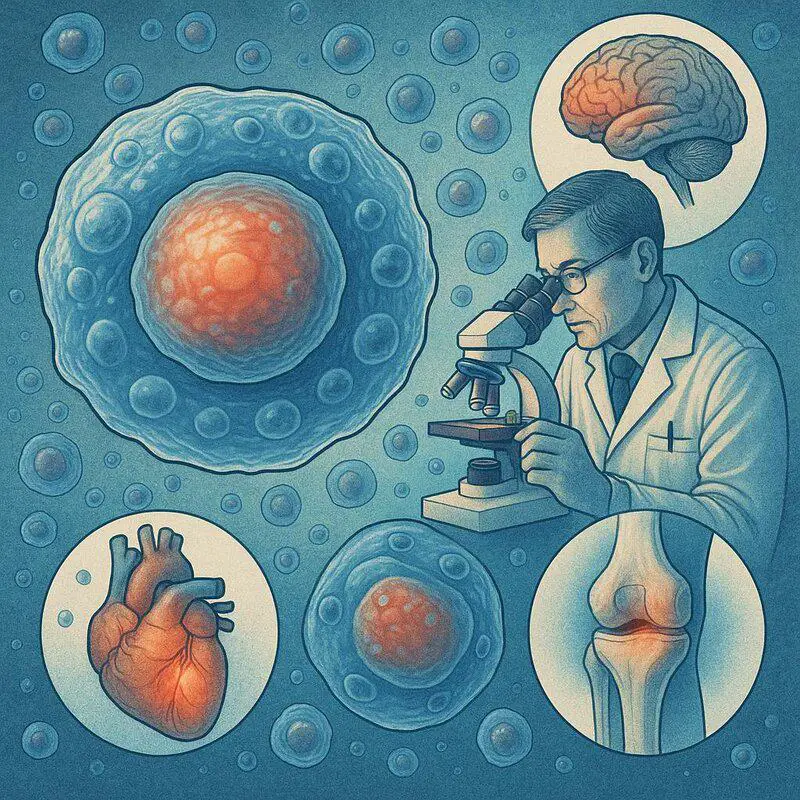
Stem cell therapy harnesses the body’s ability to regenerate itself, offering the promise of repairing tissues and organs damaged by aging. Clinical trials are already testing stem cells for heart, brain, and joint regeneration, and some successful treatments exist for blood diseases. Researchers hope these therapies will soon be used to address a broader range of age-related conditions, moving us closer to longer, healthier lives. Research highlight
15. Artificial Organs and Bionics
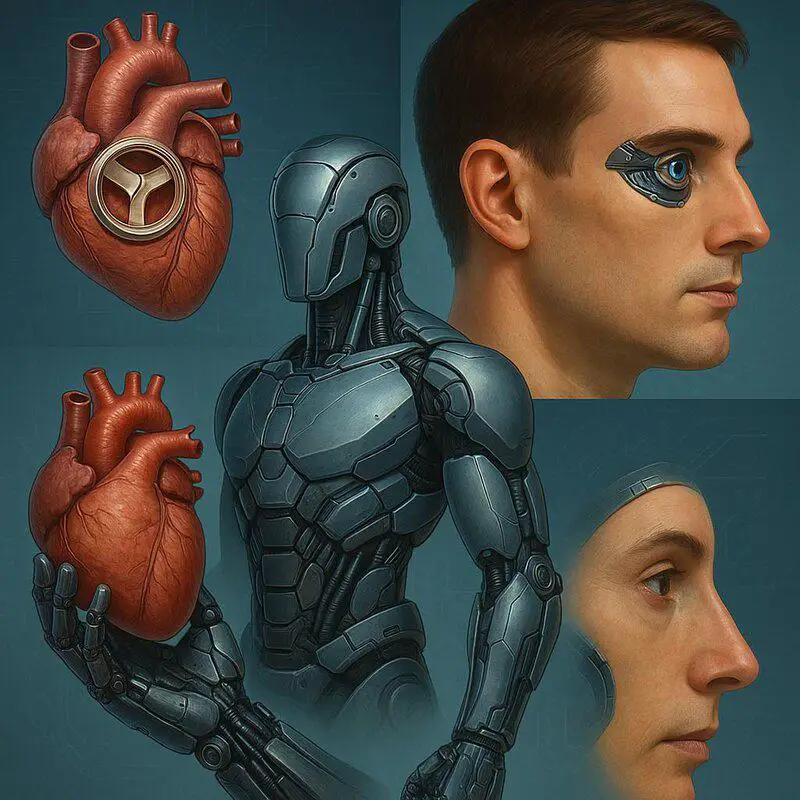
Artificial organs and bionic implants are transforming medicine by replacing or enhancing failing body parts, from advanced heart valves to cutting-edge retinal implants. These technologies offer the chance to drastically extend functional lifespan, enabling people to overcome previously life-limiting conditions.With rapid advances in robotics and materials science, bionic solutions are growing more sophisticated, bringing the dream of enhanced, long-lasting bodies ever closer. Learn about bionics
Concluding Thoughts on the Quest to Cheat Death
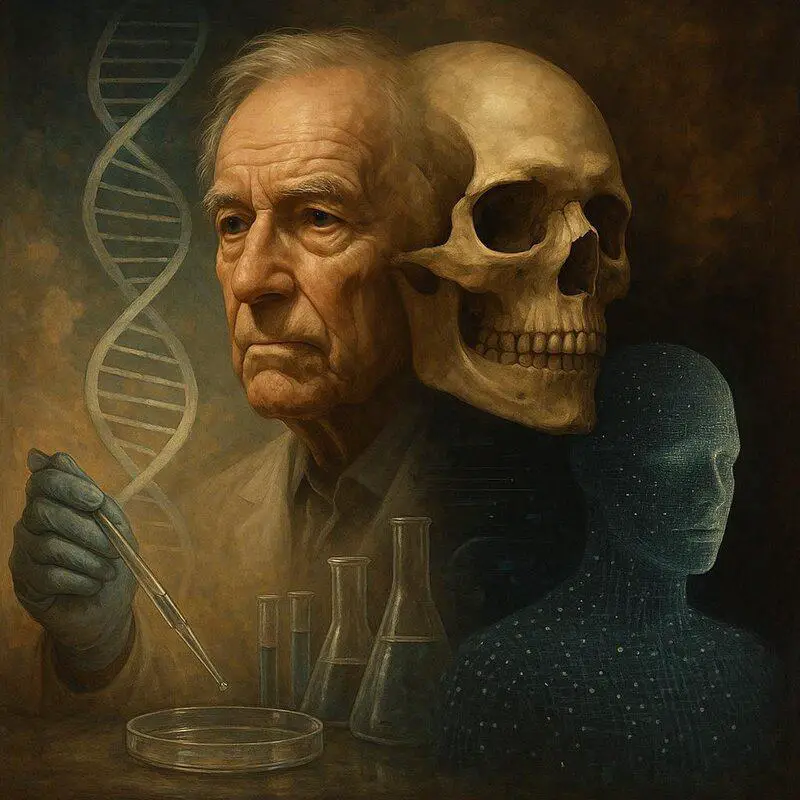
The race to cheat death is a blend of hope, hype, and uncertainty. Modern science is making remarkable strides, yet each breakthrough brings new ethical dilemmas and unanswered questions. From gene editing to digital immortality, the possibilities seem endless—while the risks and unknowns remain profound. As we move forward, society must balance bold ambition with thoughtful caution, ensuring that our pursuit of longer life honors both the promise and complexity of what it means to be human.
Disclaimer

This article is intended for informational purposes only and does not constitute medical advice. If you have questions about your health or longevity, always consult a qualified healthcare professional. Stay curious—explore the science, but make informed choices for your own well-being.
.article-content-img img { width: 100% }



Vielleicht interessiert es Sie:
Wussten Sie! Minensuchratten auf dem Schlachtfeld und sie sind super effektiv!
Wie viele Giraffenarten gibt es? Leben sie alle in Afrika?
Der Vogel ist das Weibchen der Vögel: wahr oder falsch?
Warum bauen Biber Dämme? Welchen Nutzen?
Warum leben manche Tiere nachtaktiv? Welche Vorteile?
Küssen Tiere? Ist das die gleiche Bedeutung wie Menschen?
200+ Hilarious Seahorse Jokes That Will Make You Smile and Giggle
200+ Funny Investment Jokes to Boost Your Financial Humor Game